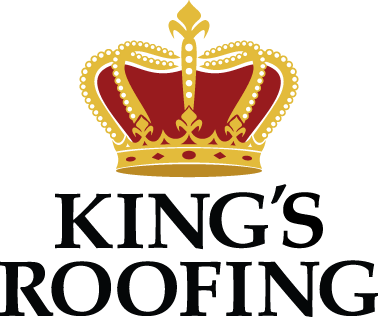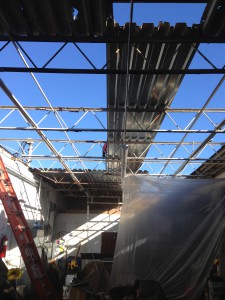Reroofing a Ballasted EPDM Roofing System
The EPDM (Ethylene Propylene Diene Monomers) single-ply rubber roofing membrane has been popular in commercial roofing for over 40 years. One of the special attributes of an EPDM Roof is that it may be easily restored, repaired or reroofed.
When a ballasted roof system is installed, the roofing membrane is loose-laid. The membrane is sealed only at the seams.
When reroofing an EPDM roof, the membrane should not be left intact. It should either be cut or completely removed. The original membrane can shrink and separate from penetrations such as pipes, joints and skylights. Leaks are also a major concern.
There are problems with the relief cut method. The remaining membrane will not strengthen the roof. The old membrane can cause the new membrane layer to be bumpy and uneven, and this may affect the proper flow of water. It is much better to install new membrane. This creates an efficient new roof.
The technique used is referred to as “wind rowing.” The existing rock and gravel from the roof is grouped into rows on the roof. The EPDM is then removed and a new layer of the membrane is placed. Your roofing contractor should measure before work begins, so they know the exact position for each row as the goal is to make it straight and aligned. The process is completed by sealing the membrane seams from the middle row to the outside rows and putting the old rock on top of your new membrane.
This procedure creates 30-feet of the membrane, and it can be done quickly and effectively, without requiring fasteners at the seams. Fasteners will still be used at angle changes, at the perimeter and around roof penetrations. These fasteners are needed to keep the membrane from pulling away at the edges and corners as the roof system ages. This process is repeated across the roof, and the end result is a reroofed ballasted

